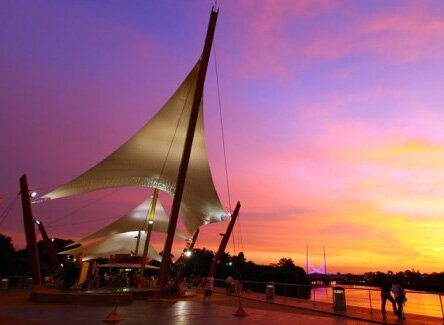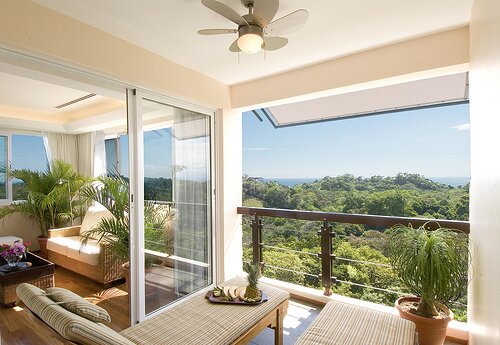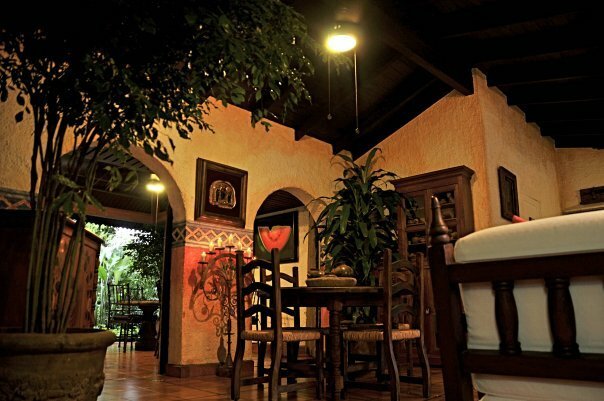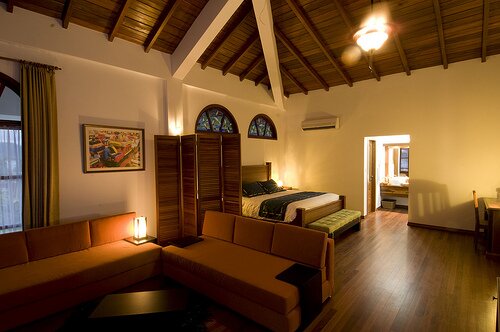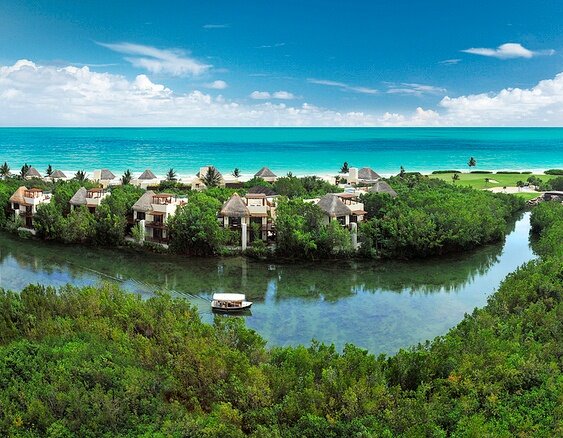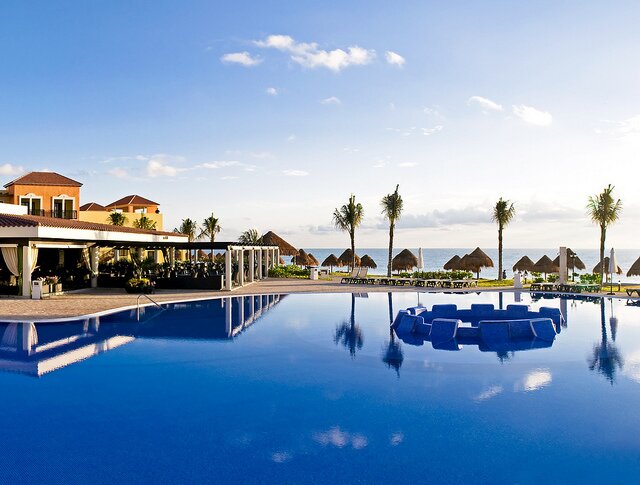Vea esta publicación en español.
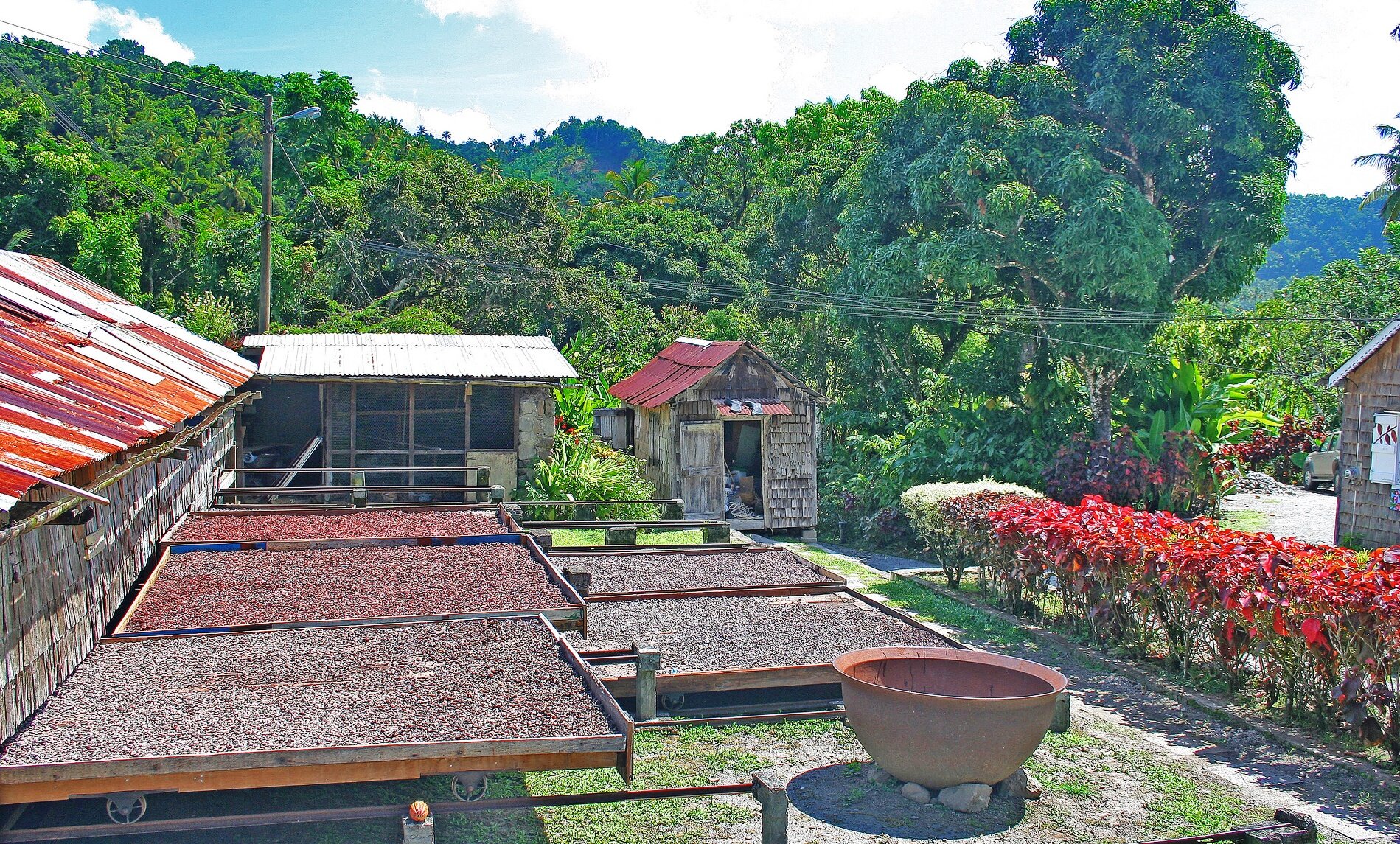
Imagine staying at a hotel surrounded by the most delicious fruit trees and plants--where every trail you explore offers a sweet, natural snack. This is what you'll find at Fond Doux Holiday Plantation, on the Caribbean island of St. Lucia, which features a delicious "edible landscape."
Oranges, bananas, starfruit, coconut, coffee, nutmeg, cinnamon, and giant pods of cocoa grow all over this 19th century colonial plantation. In this picture, you can see their home grown cocoa beans drying in the sun after the fermentation process. These are used as the main ingredient for many delicious recipes, like their famous cocoa tea!


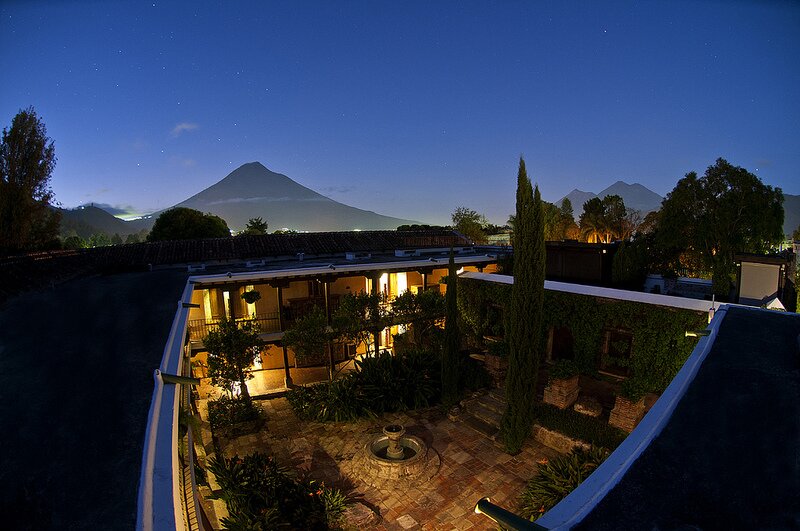
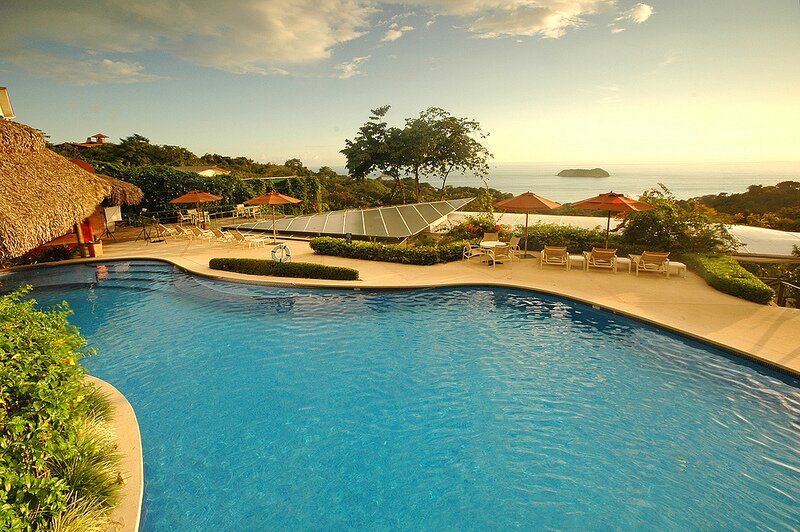
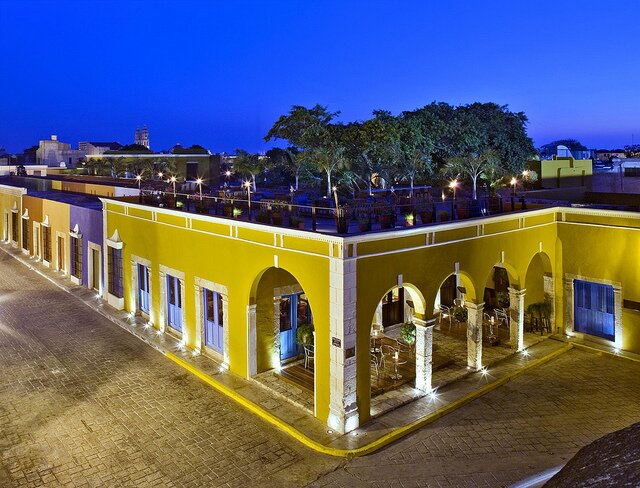
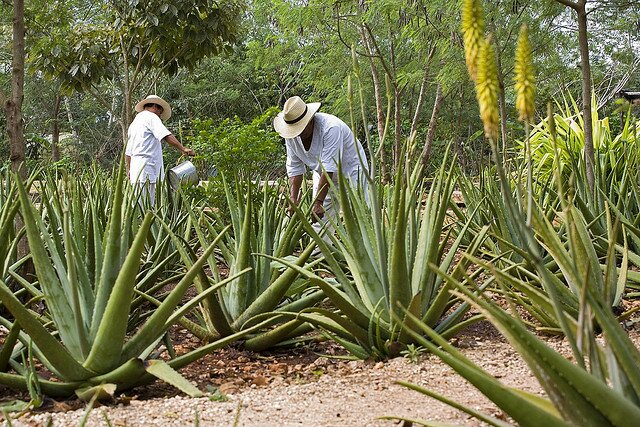
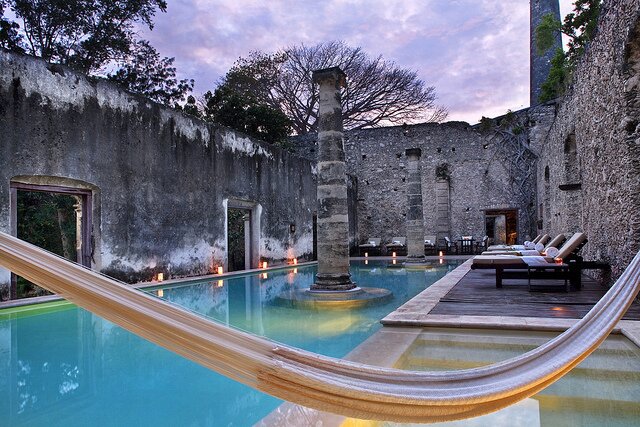

 Q. How can your guests connect to the environment and the community?
Q. How can your guests connect to the environment and the community? Q. Why is sustainability so important for Harmony Hotel?
Q. Why is sustainability so important for Harmony Hotel? Harmony also has a reforestation program in which thousands of trees are planted during an annual three-day campaign in alliance with the Costas Verdes Foundation. These efforts are combined with environmental education for both the staff at Harmony and for local community members in Nosara.
Harmony also has a reforestation program in which thousands of trees are planted during an annual three-day campaign in alliance with the Costas Verdes Foundation. These efforts are combined with environmental education for both the staff at Harmony and for local community members in Nosara. G. Harmony Hotel offers our guests a unique and customized experience. Ideal for a total escape, Harmony is surrounded by vibrant gardens where guests mingle with hummingbirds and howler monkeys.
G. Harmony Hotel offers our guests a unique and customized experience. Ideal for a total escape, Harmony is surrounded by vibrant gardens where guests mingle with hummingbirds and howler monkeys.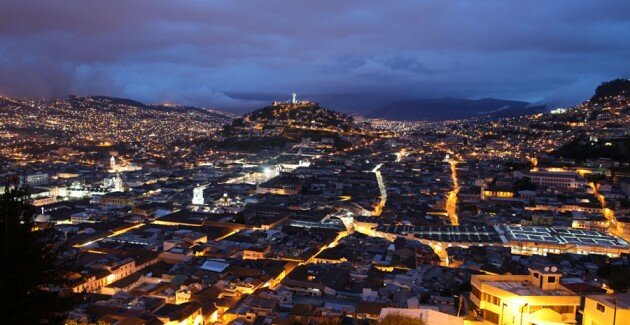
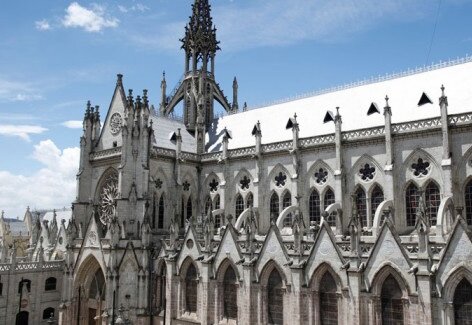 The capital of Ecuador is a big, diverse city that boasts a spectacular natural setting. Flanked by majestic Andean mountain peaks, Quito is spread out across a expansive valley at an altitude of about 9,200 feet (2,800 m), making it the second highest capital city in the world. It might take you a few days to get fully used to the thin mountain air as you explore the city's treasures, both old and new. Quito was the first city (along with Krakow, Poland) to be named a UNESCO World Heritage Site in 1978.
The capital of Ecuador is a big, diverse city that boasts a spectacular natural setting. Flanked by majestic Andean mountain peaks, Quito is spread out across a expansive valley at an altitude of about 9,200 feet (2,800 m), making it the second highest capital city in the world. It might take you a few days to get fully used to the thin mountain air as you explore the city's treasures, both old and new. Quito was the first city (along with Krakow, Poland) to be named a UNESCO World Heritage Site in 1978.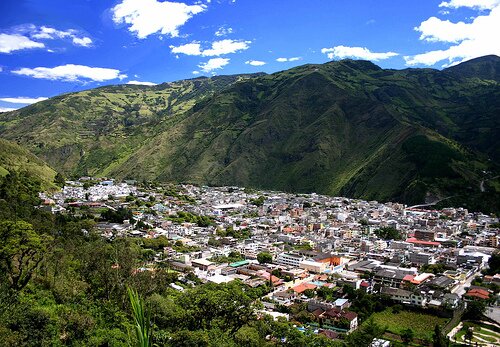 Known as the "adventure capital" of Ecuador, Baños is situated on a hillside of the active Tungurahua volcano and offers easy access to the Amazon rainforest. Baños is named for its "baths" of sacred water--that is, its hydrothermal springs. People travel from near and far to soak in the natural hot springs and go horseback riding, trekking, mountain biking, climbing, and river rafting. A popular route to take by bike or train is from Baños to Puyo, which offers spectacular views of the upper Amazon Basin.
Known as the "adventure capital" of Ecuador, Baños is situated on a hillside of the active Tungurahua volcano and offers easy access to the Amazon rainforest. Baños is named for its "baths" of sacred water--that is, its hydrothermal springs. People travel from near and far to soak in the natural hot springs and go horseback riding, trekking, mountain biking, climbing, and river rafting. A popular route to take by bike or train is from Baños to Puyo, which offers spectacular views of the upper Amazon Basin.